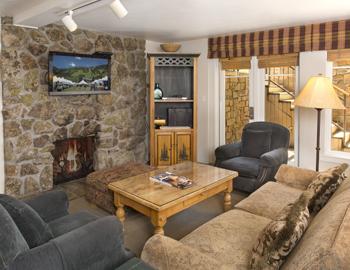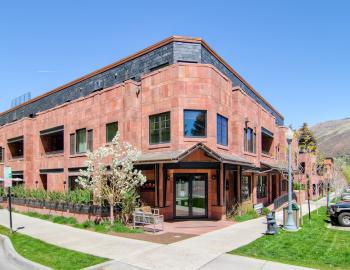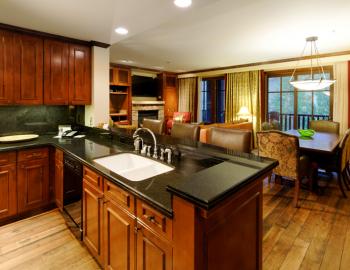In a previous blog post, we discussed the various types of income property uses and which may be the best fit for buyers. (Read Part 1 here.) The uses to consider are second home, short term, long term or seasonal rentals....
You are here
1 Nov 2016
1 Nov 2016
Condominium or home rentals comprise most of the rental inventory - and have - since Aspen was reborn in the 1960s.
15 Jun 2015
Dancing Bear Aspen, a Timbers Residence Club, offers a rare second-home ownership opportunity that packages a premium location in the downtown core, elevated design, world-class amenities and genuine hospitality.
11 Mar 2015
Want to live the luxury Aspen lifestyle? Purchasing a fractional ownership property at a luxury resort in Aspen can give you the lifestyle at only a portion of the cost of buying a home or condominium. Fractional ownership condos at luxury brands such as the Hyatt Grand...




